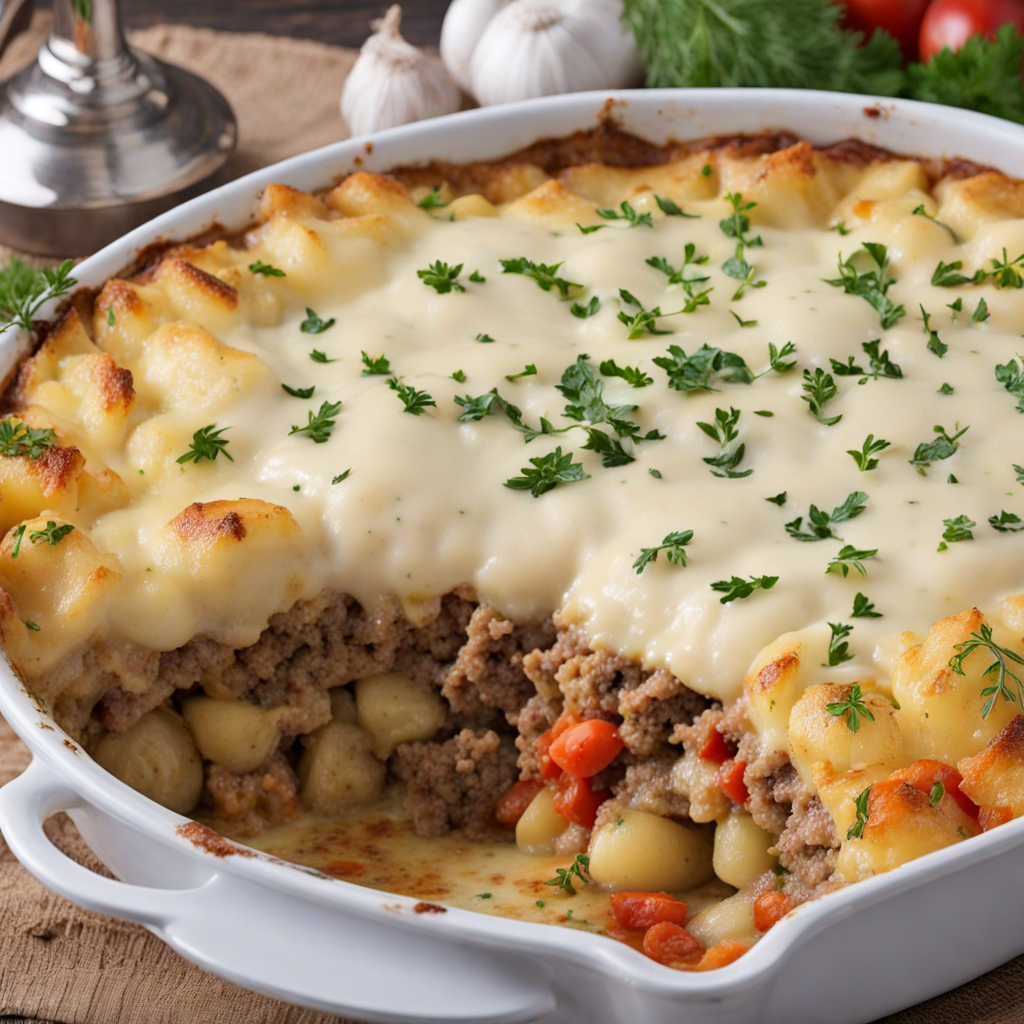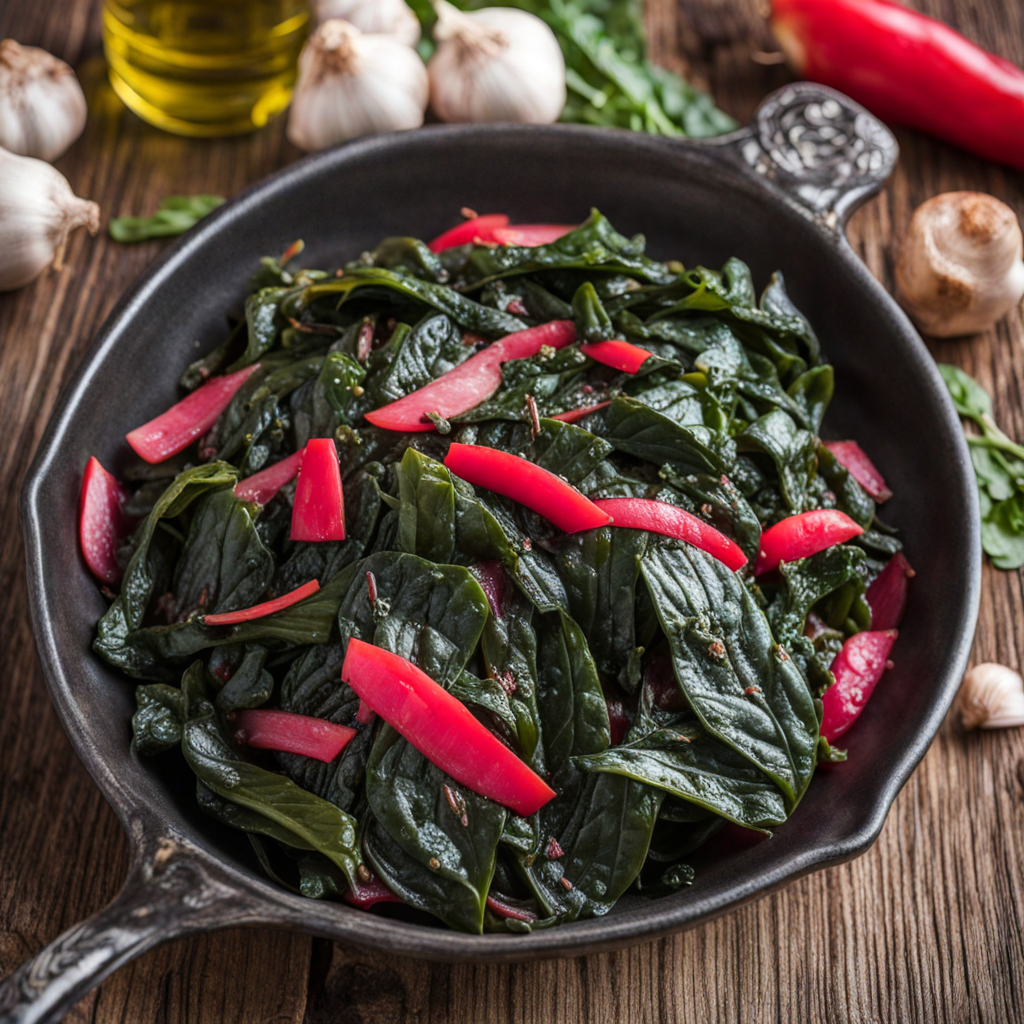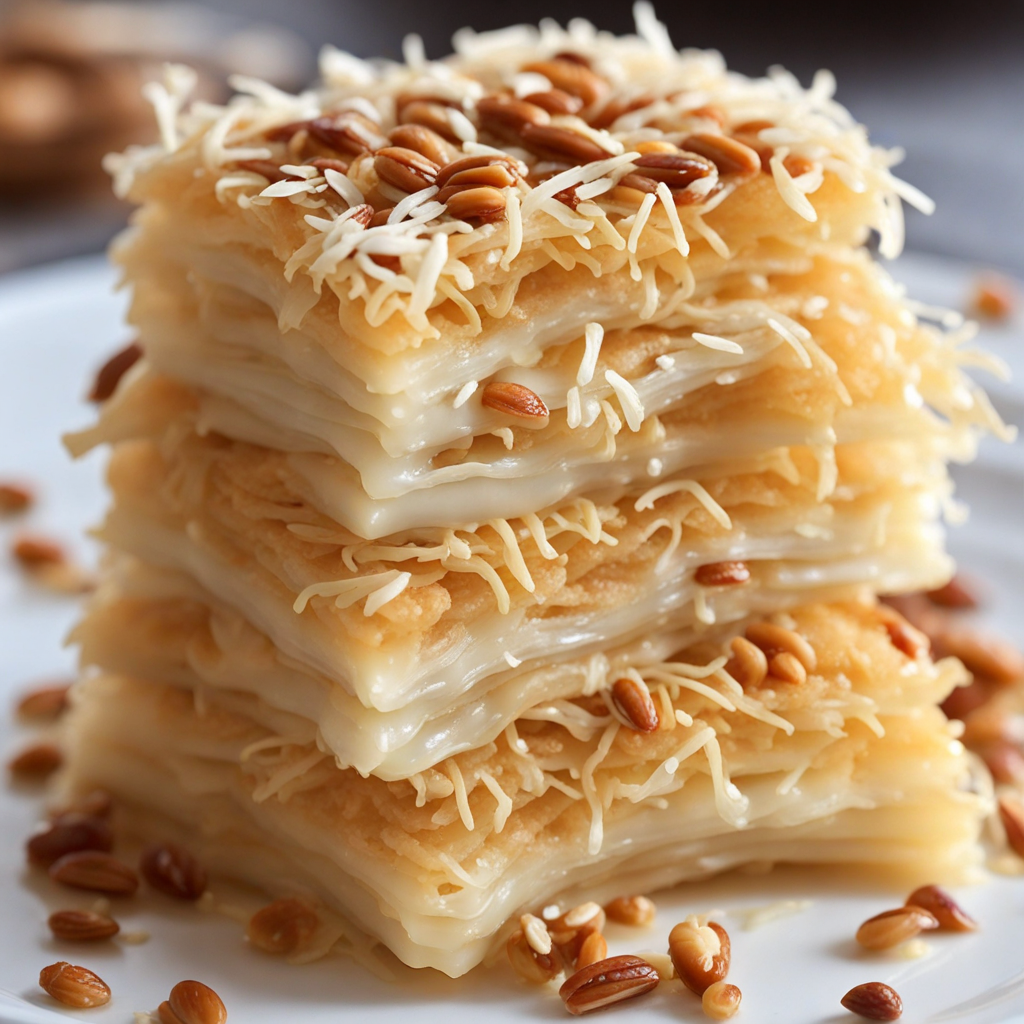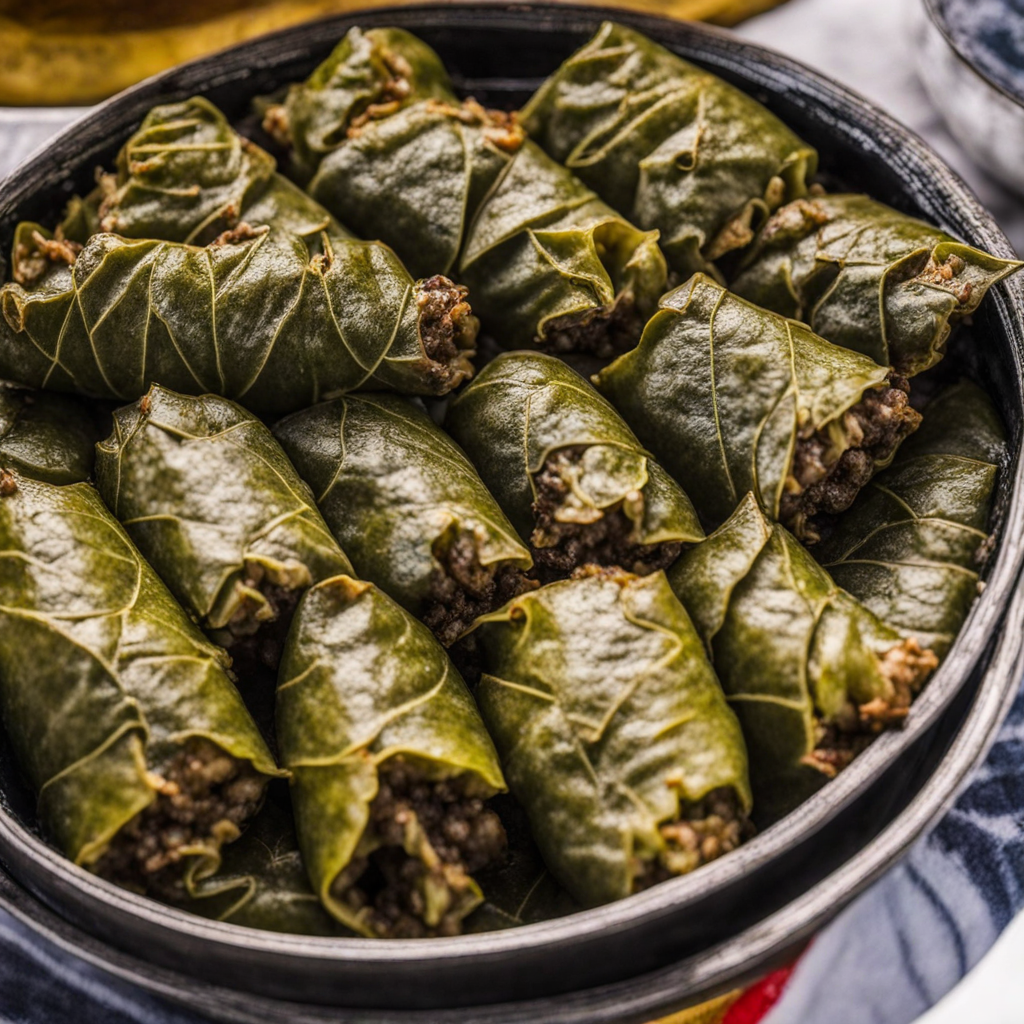Musaka
Musaka is a beloved dish in Bosnia and Herzegovina, often considered a comfort food that reflects the rich culinary traditions of the region. This hearty casserole is primarily made with layers of tender eggplant or zucchini, seasoned ground meat, typically beef or lamb, and creamy béchamel sauce. The combination of these ingredients creates a harmonious blend of flavors that tantalizes the taste buds. The dish is often baked to perfection, resulting in a golden, slightly crispy top layer that adds a satisfying texture to each bite. In addition to the main ingredients, Musaka is frequently enhanced with aromatic spices such as paprika, garlic, and onion, which infuse the dish with depth and warmth. The vegetables, usually sautéed prior to layering, contribute a subtle sweetness that balances the savory meat. The béchamel sauce, rich and velvety, envelops the layers, ensuring that each forkful is indulgently creamy and comforting. This delightful interplay of textures and flavors makes Musaka a favorite for family gatherings and celebrations. Served hot from the oven, Musaka is often accompanied by a crisp salad or crusty bread, making it a complete meal that satisfies both the palate and the appetite. As you explore this traditional Bosnian dish, you will discover how its simplicity and heartiness evoke a sense of home and warmth, inviting you to savor every layer of this delightful culinary experience.
How It Became This Dish
The Culinary Journey of Moussaka: A Bosnian Delight Moussaka, a dish that evokes rich flavors and deep cultural connections, is a staple in the culinary repertoire of Bosnia and Herzegovina. Although often associated with Greece, the dish has a multifaceted history that reflects the diverse influences of the Balkans. To understand Moussaka in the context of Bosnia and Herzegovina, one must explore its origins, cultural significance, and its evolution over time. Origins of Moussaka The origins of Moussaka can be traced back to the Byzantine period when the term "moussaka" referred to a variety of layered dishes, often made with vegetables and meat. The word itself is derived from the Arabic "musaqqa’a," which translates to "chilled" or "cooled." This reflects the dish's early iterations, which were often served cold in the Middle East. As the centuries progressed, the dish migrated throughout the regions of the Ottoman Empire, adapting to local ingredients and culinary practices. In Bosnia and Herzegovina, Moussaka became a fusion of local and Ottoman culinary traditions. The Bosnian version is distinguished by its use of ingredients such as potatoes, eggplants, and ground meat, usually lamb or beef, layered together and baked to perfection. Cultural Significance In Bosnia and Herzegovina, Moussaka is more than just a dish; it is a cultural symbol that embodies the region's rich culinary heritage. It is often served during family gatherings, celebrations, and special occasions, reflecting the importance of food in Bosnian social life. The preparation of Moussaka is typically a communal affair, with family members coming together to layer the ingredients, creating not just a meal, but shared memories. The dish also serves as a representation of Bosnia's diverse ethnic landscape. The country is home to various communities, including Bosniaks, Croats, and Serbs, each contributing their unique culinary traditions. Moussaka stands as a unifying dish that transcends ethnic boundaries. Its presence on tables across different households highlights the shared history and cultural exchanges that have taken place in the region. Ingredients and Preparation The traditional Bosnian Moussaka is characterized by its layers of sautéed eggplant and potatoes, interspersed with spiced ground meat. The dish is typically topped with a creamy béchamel sauce or a mixture of yogurt and eggs, which creates a rich and flavorful crust during baking. To prepare Moussaka, the following steps are commonly followed: 1. Preparation of Vegetables: Eggplants and potatoes are sliced, salted, and left to drain for a period to remove excess moisture and bitterness. This technique enhances the texture of the vegetables and ensures they cook evenly. 2. Cooking the Meat: Ground meat is sautéed with onions, garlic, and a variety of spices, including paprika, cumin, and black pepper. This mixture infuses the dish with robust flavors. 3. Layering: In a baking dish, the vegetables and meat are layered. The bottom layer often consists of potatoes, followed by a layer of meat, and then a layer of eggplant, which is repeated until all ingredients are used. 4. Béchamel Sauce: A creamy béchamel sauce is prepared, which is poured over the top layer before baking. This step is crucial, as it adds richness to the final dish. 5. Baking: The assembled Moussaka is then baked until golden brown and bubbling, creating a comforting and hearty meal. Evolution Over Time Over the years, Moussaka has evolved, adapting to contemporary tastes and dietary preferences. Traditional recipes have been modified to include various ingredients, such as zucchini or even lentils for a vegetarian version. The béchamel sauce, while still popular, has sometimes been replaced with lighter alternatives, such as yogurt or sour cream, catering to a health-conscious audience. Modern Bosnian chefs have also embraced international culinary trends, incorporating new techniques and flavors while maintaining the essence of the traditional dish. Fusion variations of Moussaka may include different spices, cheeses, or sauces, reflecting the globalized food culture of today. The rise of social media and food blogs has further popularized Moussaka, allowing home cooks and chefs to share their unique interpretations of the dish. This has led to a renaissance of traditional Bosnian cuisine, with Moussaka often featured in culinary festivals and events celebrating the country’s gastronomic heritage. Moussaka in Contemporary Cuisine In contemporary Bosnian cuisine, Moussaka remains a beloved comfort food, often enjoyed in homes and restaurants alike. Its versatility allows it to be served as a main course alongside salads or bread, making it a complete meal. Restaurateurs and chefs are also keen on preserving traditional recipes while exploring new culinary horizons. Many establishments offer their unique takes on Moussaka, inviting diners to experience a taste of Bosnia's rich history while enjoying innovative interpretations of the dish. Conclusion Moussaka, with its layered history and cultural significance, serves as a testament to the rich tapestry of Bosnian cuisine. It is a dish that transcends time and borders, bringing together flavors, traditions, and stories from diverse cultures. As Bosnia and Herzegovina continues to evolve, so too will Moussaka, adapting to new influences while remaining a cherished symbol of the country's culinary heritage. In every bite of Moussaka, one can taste not only the ingredients but also the history, the communal spirit, and the resilience of a culture that finds joy in food and togetherness. Whether enjoyed at a festive gathering or a quiet family dinner, Moussaka remains a dish that nourishes both the body and the soul, ensuring its place at the heart of Bosnian cuisine for generations to come.
You may like
Discover local flavors from Bosnia And Herzegovina







